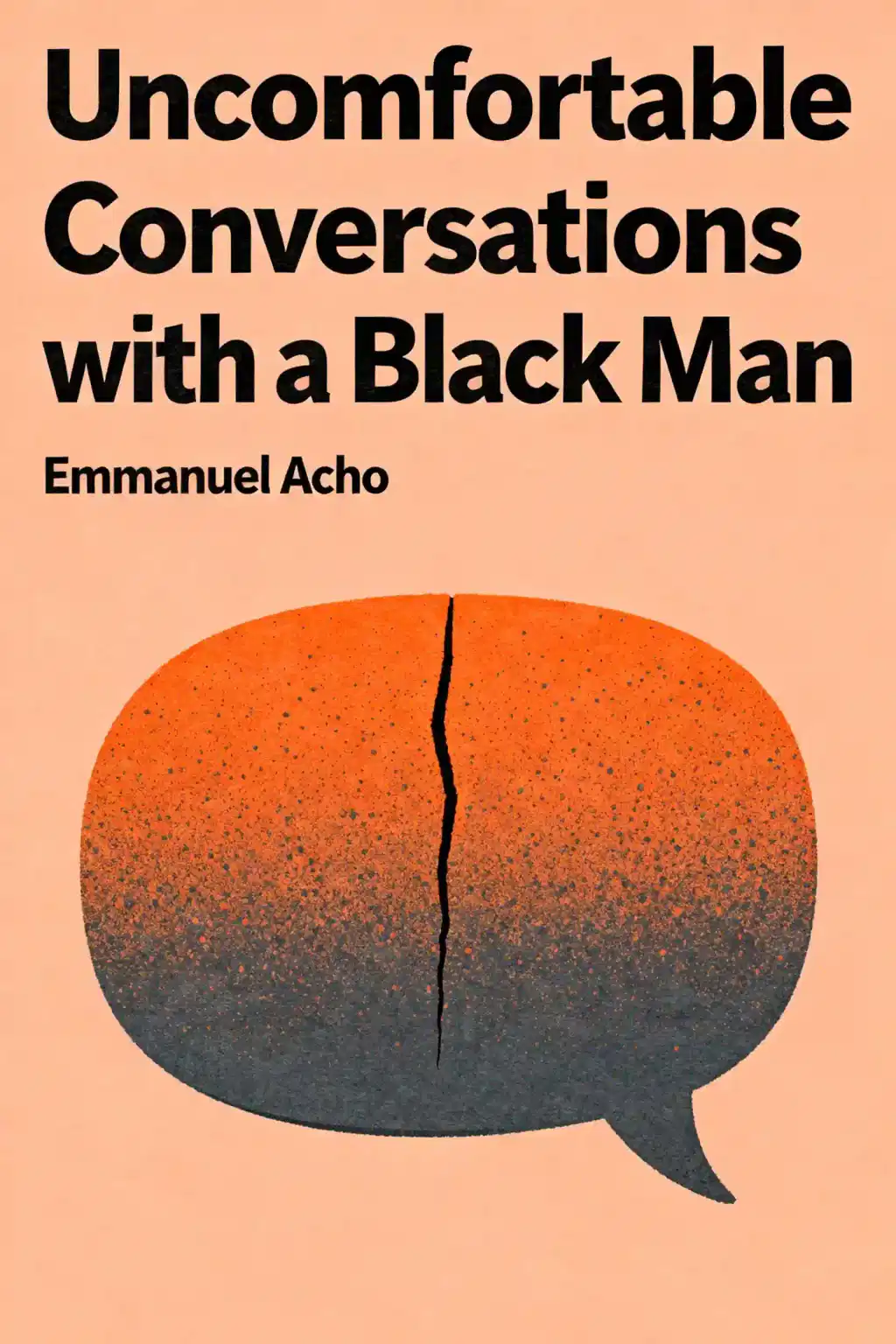What is
So You Want to Talk About Race by Ijeoma Oluo about?
So You Want to Talk About Race examines systemic racism in contemporary America through chapters framed as critical questions, such as “What is cultural appropriation?” and “Why can’t I touch your hair?” Oluo combines personal anecdotes, statistics, and actionable advice to address topics like police brutality, microaggressions, and intersectionality. The book emphasizes open dialogue as a tool for dismantling institutional inequities while offering practical steps for productive conversations about race.
Who should read
So You Want to Talk About Race?
This book is essential for anyone seeking to understand racial dynamics, including white allies, educators, activists, and workplaces aiming to foster inclusive environments. Oluo writes accessibly for readers at all knowledge levels, whether new to anti-racism or seeking deeper insights into systemic oppression. It’s particularly valuable for those committed to addressing racial bias in personal, professional, or community settings.
Is
So You Want to Talk About Race worth reading?
Yes—it’s a New York Times bestseller praised for its clarity and urgency. Oluo’s blend of personal storytelling, data, and direct guidance makes complex concepts approachable. The book has been widely recommended for its actionable frameworks, such as navigating defensive reactions during race-related conversations and identifying everyday microaggressions.
What are the main arguments in
So You Want to Talk About Race?
Oluo argues that racism in America is systemic, embedded in institutions like policing, education, and employment. She challenges readers to move beyond individual guilt and focus on dismantling structures that perpetuate inequality. Key themes include the harm of microaggressions, the necessity of affirmative action, and the inappropriateness of racial slurs—even when used ironically by white people.
How does
So You Want to Talk About Race address cultural appropriation?
Oluo defines cultural appropriation as using elements of a marginalized culture without permission or respect, often for profit or trendiness. She explains how it reinforces power imbalances and erases cultural significance, offering guidelines for avoiding harm, such as crediting origins and amplifying marginalized voices instead of appropriating their practices.
What does
So You Want to Talk About Race say about microaggressions?
The book describes microaggressions as subtle, cumulative acts of discrimination that perpetuate racial trauma. Oluo provides examples like backhanded compliments (“You’re so articulate”) or unwarranted suspicion in stores. She advises addressing them directly and emphasizes the importance of listening to marginalized experiences without defensiveness.
How does Ijeoma Oluo’s personal background influence the book?
As a Black, queer woman raised by a white single mother in Seattle, Oluo draws on her experiences navigating systemic barriers and parenting mixed-race sons. Her candid stories—like facing workplace discrimination or advocating for her children in schools—ground the book’s analysis in real-world struggles, adding emotional resonance to its arguments.
What is the “school-to-prison pipeline” discussed in the book?
Oluo explains how systemic biases in education—such as harsher discipline for Black students—push marginalized youth into the criminal justice system. She links this to underfunded schools, racial stereotypes, and zero-tolerance policies, urging reforms like trauma-informed teaching and equitable resource allocation.
Why does
So You Want to Talk About Race oppose white people using racial slurs?
Oluo asserts that racial slurs like the n-word are inseparable from their violent histories, and white people using them—even ironically—reinforces oppression. She argues that reclaiming such terms is a right reserved for affected communities, and allies must respect this boundary to avoid perpetuating harm.
How does the book approach intersectionality?
Oluo highlights how race intersects with gender, class, and sexuality to create layered inequalities. For example, Black women face both misogyny and racism in workplaces, while LGBTQ+ people of color endure heightened violence. The book urges readers to consider these overlapping identities in activism and policy-making.
What criticisms exist about
So You Want to Talk About Race?
Some critics argue the book focuses heavily on American contexts, limiting its global applicability. Others note it prioritizes dialogue over structural solutions, though Oluo clarifies that conversations are a starting point for systemic change. A few readers find its tone confrontational, but many praise its directness as necessary for tackling uncomfortable truths.
How can
So You Want to Talk About Race help in workplace diversity training?
The book provides frameworks for addressing racial bias in hiring, promotions, and team dynamics. Oluo advises acknowledging privilege, creating safe spaces for feedback, and implementing accountability measures. Its examples of microaggressions and systemic barriers make it a practical resource for HR professionals and managers.
Why is
So You Want to Talk About Race relevant in 2025?
Despite progress, racial disparities persist in policing, healthcare, and education. Oluo’s analysis of systemic inequities remains critical for understanding ongoing challenges like AI bias, economic gaps, and voter suppression. The book’s emphasis on sustained dialogue and action aligns with contemporary movements for racial justice.














